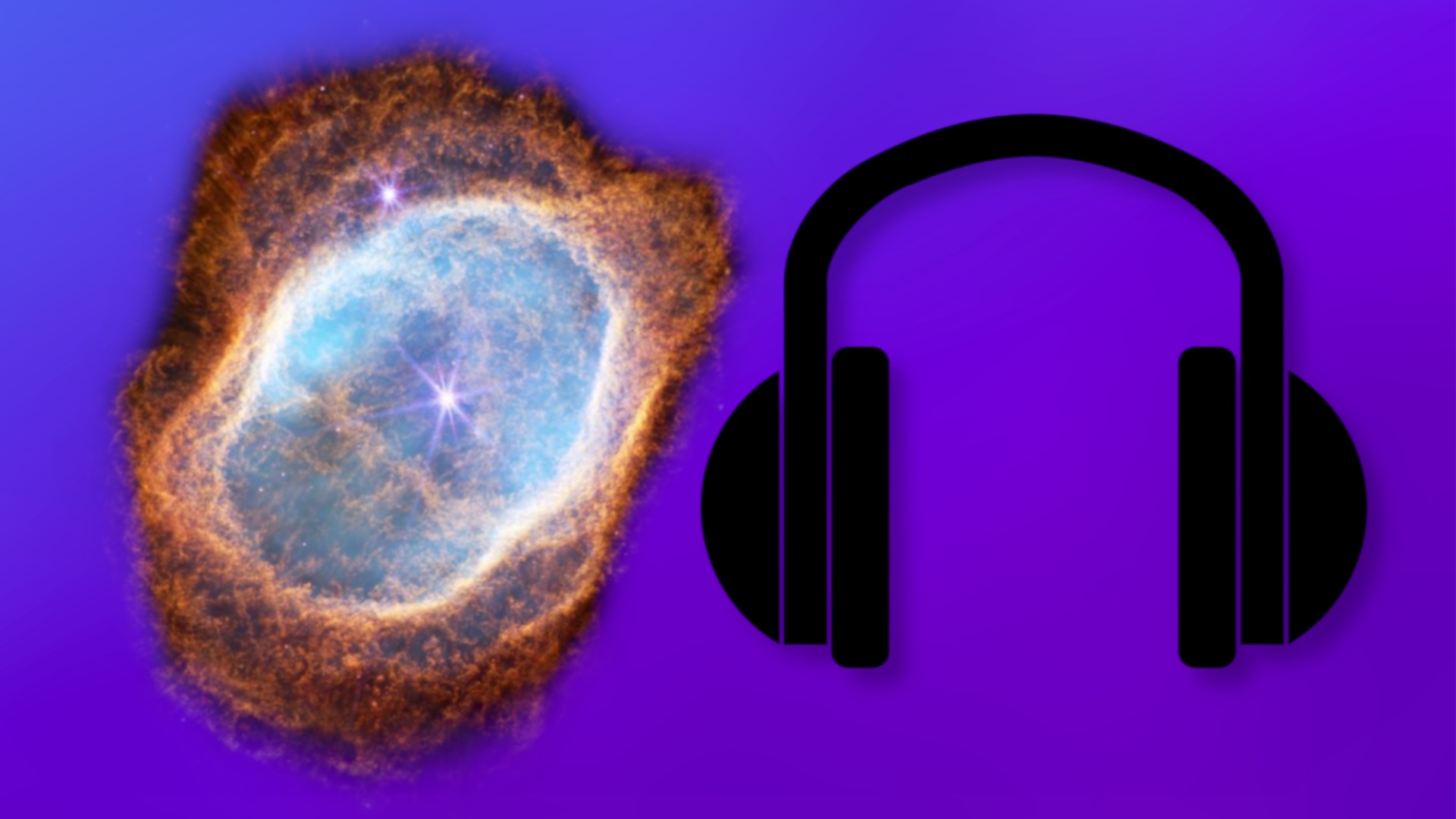In early July, the first five images from the James Webb Space Telescope were released, including the Southern Ring Nebula. Surrounding a dying star, this is a planetary nebula in the southern sky about 2,000 light-years from Earth.
These images not only inspire scientists. The pictures are also shared by the thousands on Twitter, Instagram and other social networks. Such as the latest image of the telescope:
link to Twitter content
Now, along with the stunning visual recordings, there’s a way to enjoy them in audio form. You can find out how this works in this article.
If you are now wondering what the James Webb Space Telescope is for, take a look at this article:
Why the new space telescope could fundamentally change the way we see humanity
Galaxies interpreted musically
NASA has found a new way to present the images of the JWST to us in an even more immersive way. Several scientists, musicians and a member of the blind and partially sighted community worked together to make the recordings visible and audible at the same time.
It’s not about the noises that the galaxies or nebulae produce, but about discovering the images with an additional sense. This should primarily help blind people or people with impaired vision to perceive the images of the JWST. But this “composition of the stars” can also be very impressive for people without visual impairment, especially if you have headphones on, as the sound moves from left to right. Hear and see for yourself:
link to YouTube content
Here, an image of the cosmic cliffs in the Carina Nebula has been matched to a symphony of sounds. The musicians involved in the project assigned notes to the various clues in the image and woven them into a tapestry of sound.
The upper blue part of the image is represented by wind-like noises, while the orange lower part has a clearer, more melodic sound. Brighter areas are louder and the vertical position of the lights determines the frequency, for example a bright light at the top of the image will sound loud and high pitched, while a faint light at the bottom will sound quiet and low pitched.
link to YouTube content
Now, if you understandably want to read more about the James Webb Space Telescope, check out the following article, which is about a 200-year-old hurricane:
James Webb telescope reveals two-century-old cyclone larger than entire Earth
JWST challenges previous knowledge
NASA’s new space telescope is exceeding science’s expectations and is already making many scientists ponder, according to The Washington Post reported.
The JWST, which has only been in orbit for eight months, means that some knowledge has to be questioned. For example, previously the assumption was that early-forming galaxies, formed in the first billion years after the Big Bang, tended to be small and deformed, but the opposite is the case, as the JWST now shows.
When the universe was “young,” shortly after the first stars ignited, galaxies formed that appear to be significantly brighter, larger, and more structured than previously thought. These massive galaxies are raising new questions for some scientists. Astronomer Garth Illingworth of the University of California, for example, has this to say about the new discovery:
“The models just don’t predict that. How do you do that so early in the universe? How do you form so many stars so quickly?”
Garth Illingworth
One can only be curious what discoveries the JWST has in store for us and what questions it raises. If you want to learn even more about what this impressive feat of engineering can do, then I hope you will enjoy this article:
You can find even more impressive images of the JWST, including of an entire galaxy, here:
Complete galaxy in one photo: James Webb telescope delivers unprecedented images from space
How did you find the sound experience of these pictures? Was the southern nebula as scary for you as it was for us? Feel free to write it in the comments!









